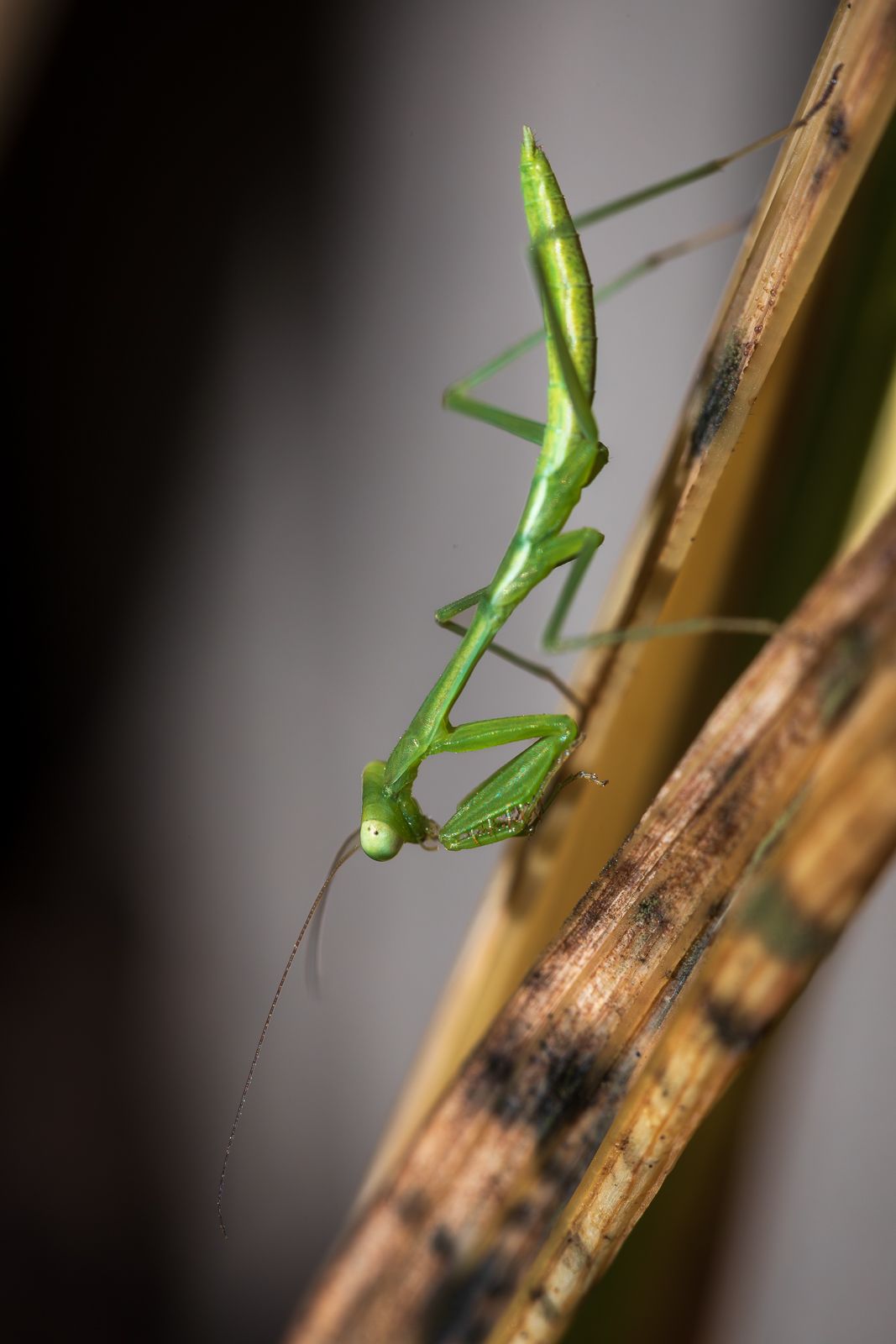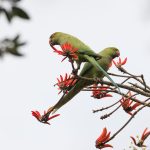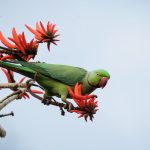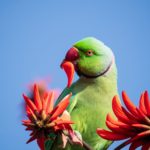-
Renate Laaks posted in the group Macro Photography
Mantis on decaying leaf.
Gear: Canon EOS 5DM4, Canon EF 100mm/L macro.
Settings: F8, 1/250 sec, ISO 800. Single image, handheld. Natural light.3 Comments-
-
Hi Renate just my penny’s worth—I would have loved to see more subject and less background in these shots. The backgrounds feel quite busy, which makes the subject get a little lost, especially since the colours aren’t popping. John Fox has a great system where he sometimes uses a colourful paper backdrop to make insects stand out. It’s something to consider if you want to go for a more artistic or creative route.
-
Media
Photos
Videos
Files
Audios
Groups
Buy and Sell Photo Gear
Public Group
Pro Photo Critiques
Private Group
Editing & Retouching
Public Group
Pro Lounge
Private Group
Wildlife Photography
Public Group
Friends
DPC
@dpctutor
Bruna Mentrup
@bruna












Very nice. The insects is such an imporatnt part of life.
Most of the insects we are familiar with are tiny little things, but praying mantises are among the giants of the insect world. The praying mantises we see locally can be 2 inches to 3 inches long or even more, but don’t let that fool you into thinking they will be easy to spot.
Despite their large size, praying mantises blend in with their surroundings, making them difficult to find in trees and other plants. Blending in benefits them because it helps them hunt.
Most of us don’t think twice about turning our heads to the left or right to get a good look at something. In the insect world, this is an incredibly rare ability possessed only by praying mantises. They are the only insects in the world that can turn their heads 180 degrees. This superpower is useful when hunting prey. Praying mantises silently sit and wait for prey to approach. Being able to turn their head and see around them helps them find prey without moving and giving away their location.
This isn’t the only ability they rely on to help them hunt. Praying mantises also have excellent vision and can detect motion from as far as 60 feet away. One reason for this is because they are the only invertebrate in the world that can see in 3D, which helps them detect motion. Their enhanced vision comes from their five eyes. They have two large eyes that face forward and three smaller eyes that only detect light and motion. Once they spot prey, they can jump forward and catch it in their forelegs, which are called raptorial legs, National Geographic reports. Some of their leg segments contain interlocking spines that make it impossible for prey to get away once caught.